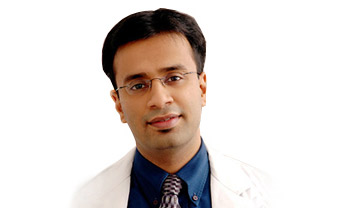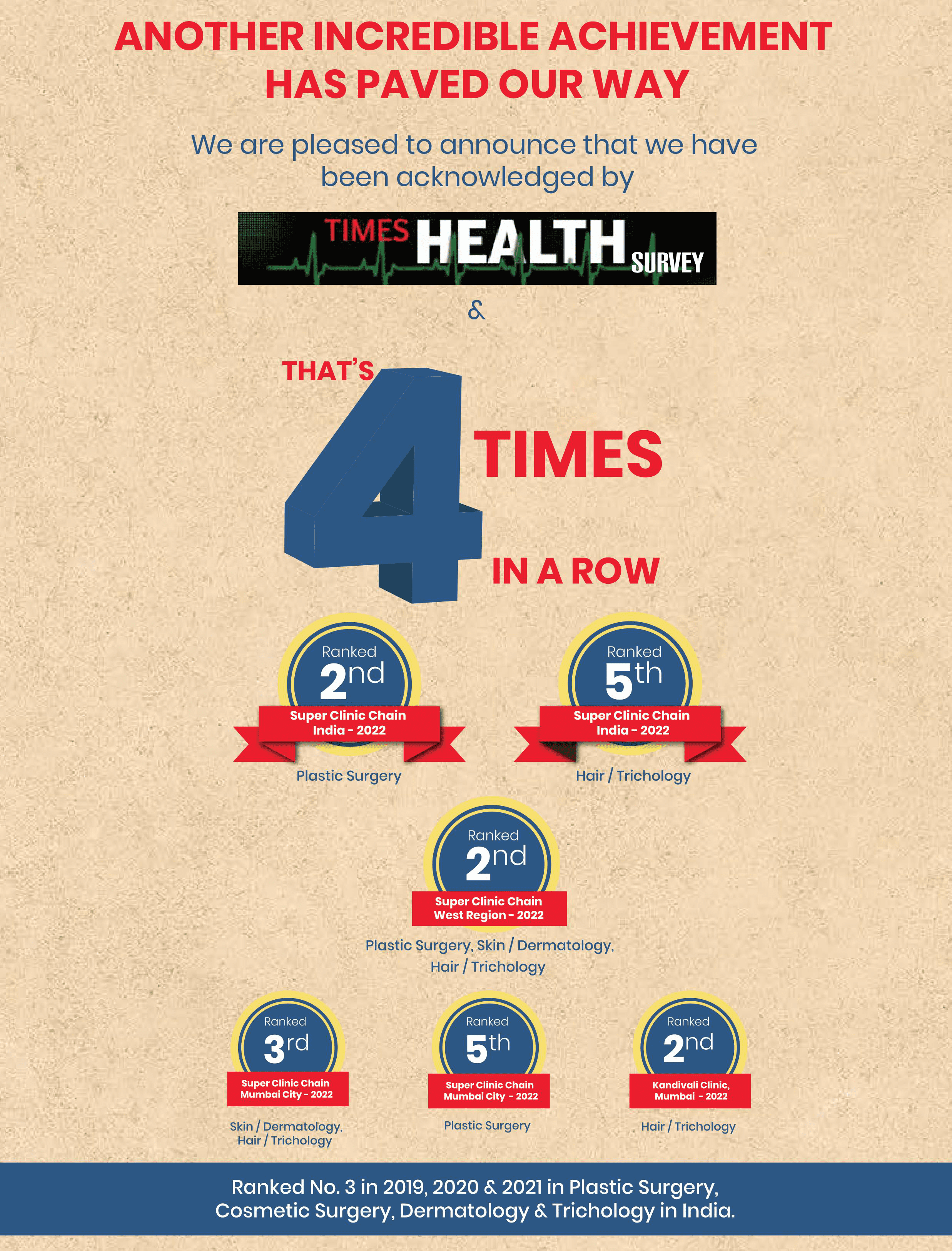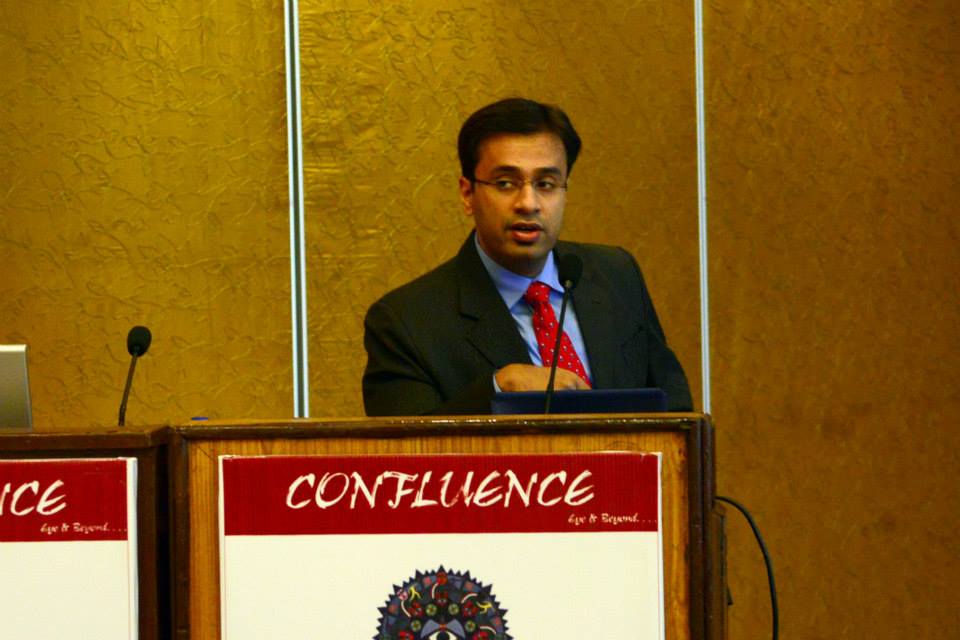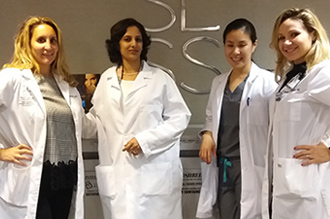Implants and prosthesis have been vastly used in reconstructive procedures to establish some degree of anatomical and/or aesthetic value. These implants are typically inserted into an area of the body to replace missing body parts. They can be fixed permanently or temporarily to support surrounding tissues and organs. The kind of implant that a patient needs is usually determined ahead of the eventual placement, and it will be based on the condition being addressed.
Surgeries involving the use of implants and prosthesis have their risks just like every other (surgical) protocol. For one, the implant may slip out of position or malfunction thereby resulting in the need to go for another surgical routine. In some other cases, the issues of pain, bruises, swelling, and infections may arise. This is one of the reasons it is pertinent to engage the services of a team of surgeons that are experts in this field – reconstructive surgeries are usually supervised by plastic/cosmetic surgeons. Specifically stating, the need for implant-supported prosthesis may arise when the length of the lip, smile line, and maxilla-mandibular relationship become compromised.
Dental implants are utilized in replacing missing teeth, or in cases whereby a tooth or more has(have) been extracted due to decay. They are of three types – denture, dental crown, and dental bridge.
Dental reconstructive procedures involving the use of zygoma implants are not like the traditional type wherein maxillary implants are frequently used. In this instance, the implant is anchored to the cheekbone (that is, the zygomatic bone). This sort of rehabilitation is highly effective – a submission that is linked to the more stable anchorage attainable as a result of the denser and more cortical attributes of the zygomatic bone. So (re)assuring are these implants that the placement of prosthesis can take place almost the surgery performed to prepare the affected area. The reason is down to the fact that with zygoma implants, the stress [that will be impacted on the jaw] is usually dispersed over a wider area. Zygoma implants are commonly recommended in situations wherein a patient has lost all the teeth in the upper jaw, as well as in the events where the teeth are loose or broken to a marked degree. A surgical protocol involving zygoma implants may be done in combination with bone grafting protocol to achieve increase bone volume. Certain risks like oro-antral fistula, paresthesia, and sinusitis.
Pterygoid implants are commonly recommended in the restoration of functional and aesthetic relevance in individuals with permanently missing teeth. The loss of the teeth can have a negative impact on the process of mastication and even result in occlusal trauma among other dental issues. These problems can, however, be taken care of to an appreciable extent with pterygoid implants – which have been reported to have a 90% success rate. This type of implant involves the pterygoid process, a palatal bone that projects from the cranial base.
One of the reasons the use of pterygoid implants has been widely embraced is because of how it minimizes the loss of bone, and it does not even require the use of a cantilever dental bridge for augmentation – implants are usually positioned further away from the upper jaw’s midline even as the cortical bone [which anchors the implant] assures considerable stability. The prognosis achievable with pterygoid implants is also highly favourable, and osteointegration (that is, the integration of the implants with the jawbone – can occur in 2 – 3 months. Again, the difficulties that are often encountered due to the low quality and quantity of the bone are usually taken out of the way when using pterygoid implants for rehabilitation.
The surgical procedure for the insertion of pterygoid implants is minimally invasive, and it can be performed under either local anaesthesia or general anaesthesia. The procedure involves the specialist making a full-thickness incision on the toothless crest and moving on to make series of drills following predefined markings on the alveolar ridge. The pterygoid implants are normally inserted at an angle of between 30 – 50 degrees. Complications such as limited oral mobility, and bleeding are not uncommon in this surgical protocol. Again, technical issues may also arise due to the delicateness of the procedure – this demands the expertise of an oral and maxillofacial surgeon with vast knowledge of the intricacies of the surgical area.
False eye prosthesis is normally fixed to an ocular implant that had been inserted into the eye socket beforehand. It appears just like the real human eye, with an oval, whitish outer hard shell and predominantly black central area. False eye prosthesis is frequently made from plastic acrylic – although some are constructed from glass. Even though false eye prosthesis does not guarantee the restoration of vision, individuals wearing one often have a “feel-good” sensation about their outlook. The need for false eye prosthesis may be informed by the discovery of medical conditions like glaucoma, eye infection, eye tumours, severe eye trauma, and so on. Owing to this, an oculoplastic surgeon or ocularist may recommend a false eye prosthesis to manage the situation as best as possible. Apart from cosmesis, false eye prosthesis is beneficial in ensuring that tissue outgrowth – evident when the eye socket is left empty – does not overwhelm the eye socket. The false eye prosthesis will always move in sync with the natural eye – where function is preserved in one of the eyes. Again, since the lacrimal gland is localized in the inner surface of the eyelids, tears can still flow down the false eye prosthesis.
Enucleation and evisceration are two surgical procedures used in preparing the eye socket for the insertion of false eye prosthesis. Enucleation has to do with the removal of the eyeball without touching other components like the eyebrows, eyelids and eyelashes – the touch outer shell is also usually altered. On the other hand, evisceration is not as intensive as enucleation, and it involves the removal of intralocular components of the eye, with the sclera, eye muscles, and surrounding tissues not touched at all. Both procedures are usually done under general anaesthesia, and the complications that may arise include infection of the surgical area, sympathetic ophthalmia, and discomfort in the eye.
Patients who have lost some auricular tissue – may be as a result of trauma, surgery, tumour, or birth defects – will always find ear prosthesis very valuable. Ear prosthesis are mostly made from silicone, and they are designed to look like the natural ear thus improving aesthetic and boosting the confidence of an individual who might be having a malformed or disfigured ear. Though this prosthesis is largely viewed as restoring some structural integrity to the part affected, its presence also has far-reaching functional significance as it can boost hearing by around 20% even as the right environment for the functioning of the inner ear membranes is sustained. The attachment of this prosthesis can be actualized either through surgical means or by using medical adhesives. Surgical procedures are frequently selected due to the long-lastingness result they assure, and this is normally achieved through the input/expertise of a plastic surgeon and an otolaryngologist or prosthodontic expert. A viable way of surgically attaching a prosthesis is the anchorage on craniofacial bone. In this respect, the surgeon will implant small titanium fixtures to the bone and then allows bonding to be established in 3 – 6 month – the prosthetic ear will then be attached with the aid of specialized magnets or clips.
Finding a top clinic nearby where you can do your implants and prosthesis for rehabilitation of an atrophic jawbone or a disfigured ear? You need not look further than The Esthetic Clinics where we have the best hands to address your concerns. Our surgeons have an appreciable knowledge of the anatomy of the maxillofacial region – which is just about what is required to have your implant and prosthesis fixed successfully. More so, with the internationally acclaimed cosmetic surgeon, Dr. Debraj Shome, around, you can be sure that your implants will not only be made to restore functional integrity but also finished with commendable aesthetic appeal – leaving you with a smile as we provide the perfect solution to your concern. Our surgeons are highly professional, and our facilities are primed to ensure a hitch-free protocol.
The reason a lot of patients ask for the cost of having implant-supported prosthesis is to see if it will be affordable for them. But the truth is we cannot dole out the price of the implant without evaluating every individual’s peculiar situation. However, you should bear in mind that the complexity surrounding the production of prosthesis, as well as the present state of the area [where the prosthesis will be inserted] are two of the major factors that will determine how much you will be paying for your surgery. Having said that, at The Esthetic Clinics, we work with you to draw out a cost-effective treatment plan to satisfactorily meet your needs.


Dr. Debraj Shome is Director and Co founder of The Esthetic Clinics. He has been rated amongst the top surgeons in India by multiple agencies. The Esthetic Clinics patients include many international and national celebrities who prefer to opt for facial cosmetic surgery and facial plastic surgery in Mumbai because The Esthetic Clinics has its headquarters there.






